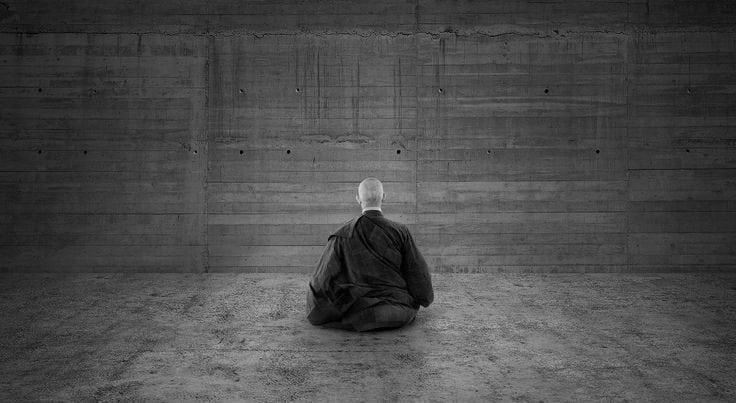Posture in meditation is a fundamental aspect that determines the quality of any practice, it is the quintessential element that is often overlooked or considered irrelevant. In the Orient, body posture is referred to as “Asana”, referring to the environment in which a practitioner surrounds him/herself in and inclusively the posture that is adopted.
Asana or body posture as it is identified in the Occident serves as the basis for meditation, because it permits Prana to circulate correctly throughout our body. The term Prana, meaning “Life Force” originates from the Hindustani Tradition and refers to the collective cosmic energy that expresses in a non-physical capacity, which is responsible for all life form. Without the presence of this cosmic force, there wouldn’t exist a vital component to every animate and inanimate principle. This vital counterpart channels cosmic life force – “Prana” – and transmits formative qualities that bring creation into existence. Without the expression of this energy, life as we conceive it wouldn’t exist, it is the cosmic fuel that maintains the circle of life.
This energy is known under different names amongst different traditions, amongst the Chinese Tradition it is identified as “Chi”, amongst the Japanese it is known as “qi”, in Egyptian Mythology it is described as “Ka”. If you investigate all major esoteric systems of learning from across the globe at different periods in time, they all identify the existence and abundance of this energy and all describe it very similarly, as a cosmic life force that exists within ourselves and the cosmos that serves to create and maintain life. In Occidental teachings Sigmund Freud speaks about “Cathexis”, which is the Western interpretation of “Prana”. In his writings Freud describes how this energy circulates through our body and when it isn’t channelled correctly it forms blockages, which then manifest as repressed anger, depression, altered psychological states and can even develop into symptoms of diseases. The practice of meditation is about harnessing this energy that moves through our physical constitution as well as our esoteric constitution i.e. our chakras and utilising techniques to direct the flow of Prana to reach a contemplative state that leads to meditation.
Meditation, as highlighted in our previous article, is about unveiling a world unknown to us, permitting one to experience an alternate reality of spiritual illumination and revelation. To realise the authentic purpose of meditation it requires us to channel this energy, and the elementary step in achieving contemplation that leads to meditation is by adopting correct physical posture, otherwise known as “Asana”. In all forms of meditation, it is fundamental that one’s posture remain completely upright, meaning that our spinal column has to be completely straight at a 90-degree angle. It is recognised amongst all major esoteric systems of learning that the spinal canal is the principal channel through which Prana travels. If our spinal canal isn’t positioned at a 90-degree angle then it creates an obstruction of energetic flow through our system, which results in obstructions and blockages, which is the counter objective of meditation. By adopting an upright posture, it allows for the correct circulation of energy as well as allowing our body to breathe in and out correctly.
Posture and breathing go hand in hand. The pace of our breathing determines the level of activity within our system, the quicker we breath the more energy and activity is generated internally. If we observe runners and athletes, they inhale and exhale at a much more rapid rate as a measure to esoterically flood their system with more principles of vitality to counterbalance the energy that is being expended. In meditation we want to achieve complete stillness internally as well as externally and by adopting an upright posture it permits a practitioner to implement the technique known as ‘complete breathing’. By placing our spinal column at a 90 degree angle it permits our lungs to be completely filled and emptied, something that isn’t achievable if our posture is hunched or slanted. By practicing the technique of complete breathing, which involves completely inhaling our lungs, then holding it temporarily, followed by exhalation, we slow the pace and control the rhythm of the prana within. By adopting the correct meditative posture coupled with this breathing exercise we begin to slow activity within our system and enter into silence.
Meditation is the attempt to go beyond the body and the 3rd physical realm, this is only achievable though by working on these two fundamental elements, posture and breath. If we master these two aspects, then we can begin the process of interiorisation and discover a reality beyond human form. As long as our posture and breath dominate us, it is an indication that our mind is still at the centre of our practice. The ultimate objective of meditation is to activate the consciousness, it is the only element that has the capacity to go from the known to the unknown, unlike the mind that functions from the known to the known.

